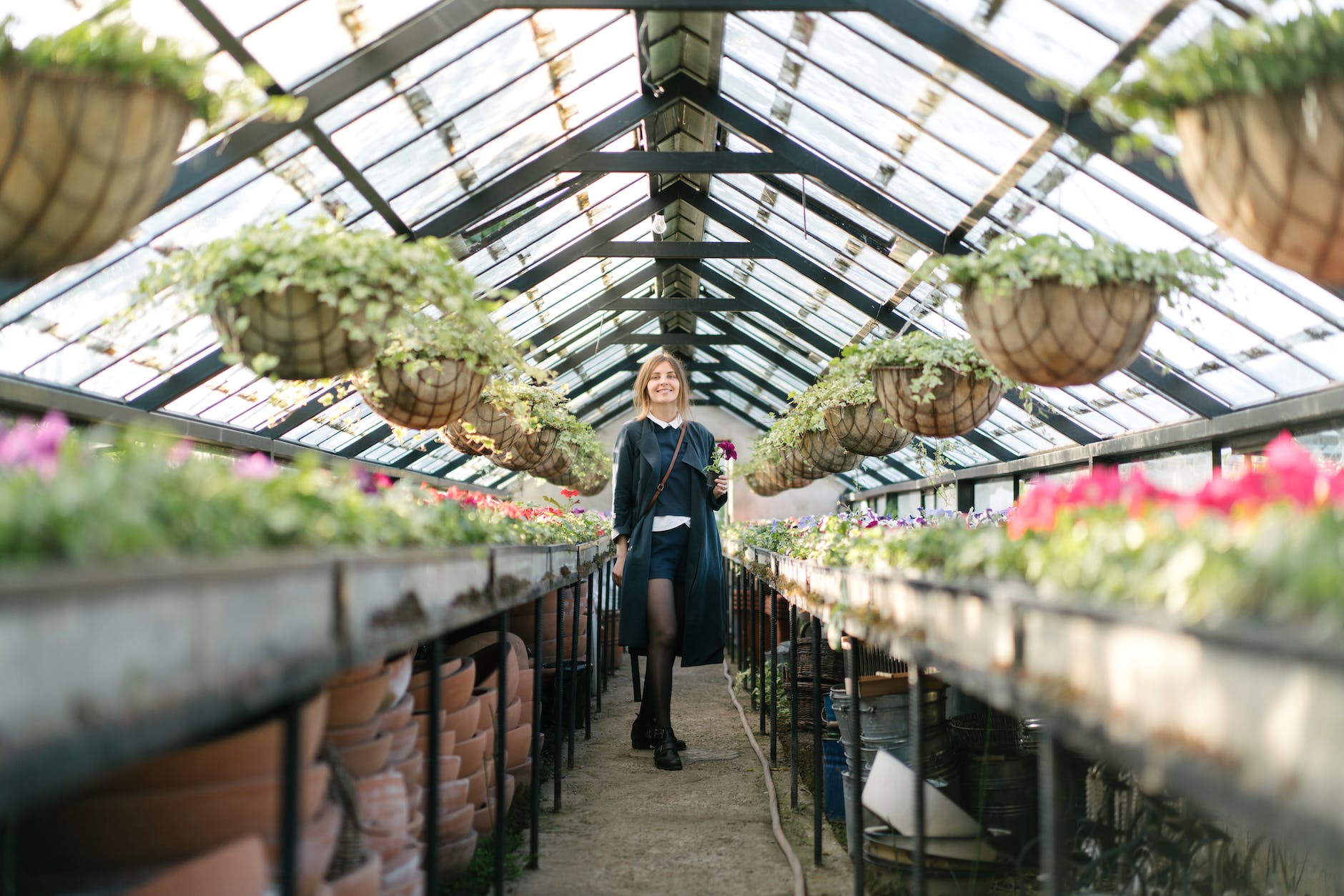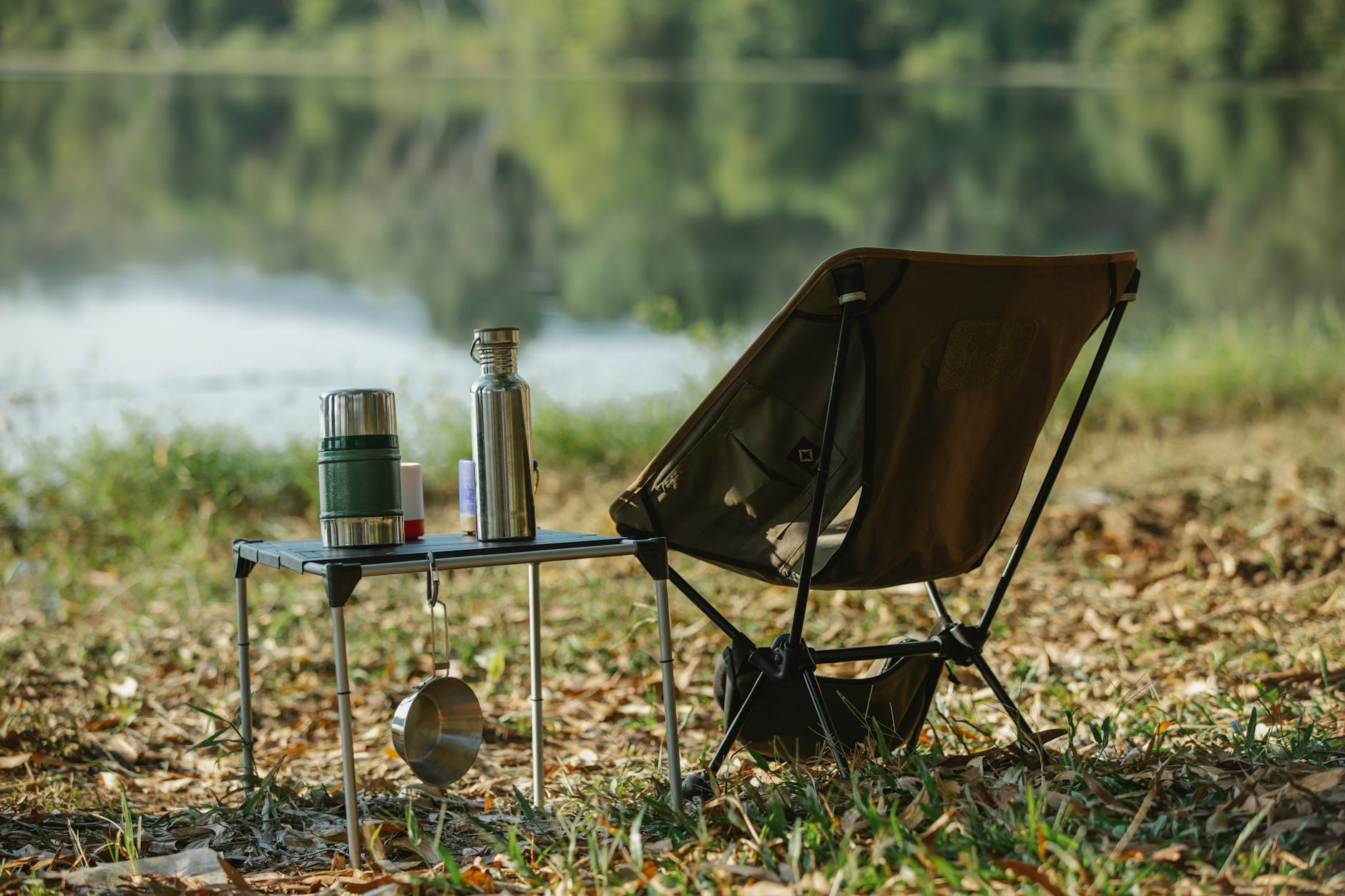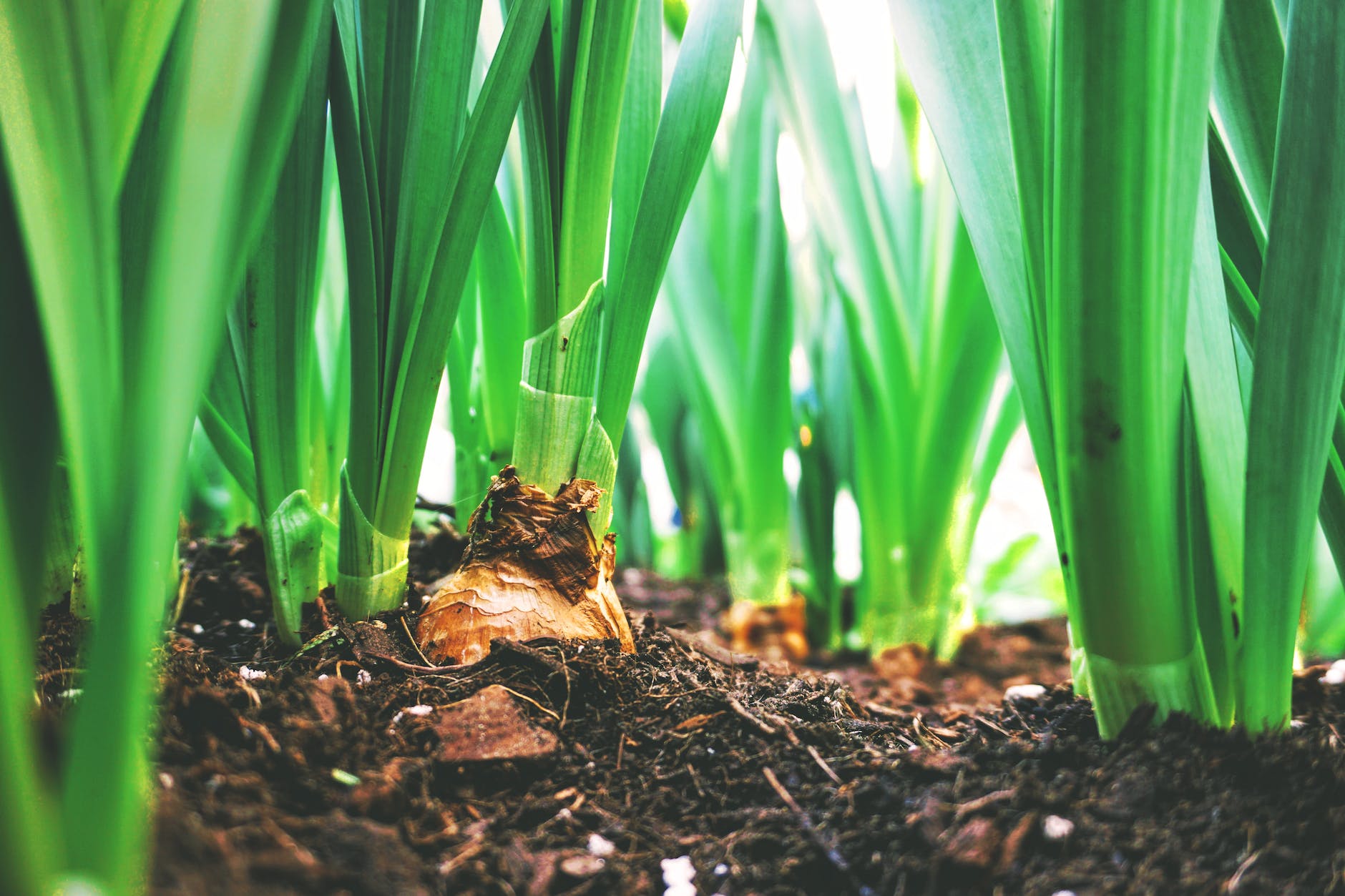Cannabis cultivation has seen an exponential growth as more countries continue to amend legislation regarding its use. If you are interested in the indoor cultivation of this plant for personal or commercial use, this step-by-step guide explores the critical procedures required for an optimal harvest.
1. **Selecting the Ideal Cannabis Seeds**
Every successful cultivation journey starts with proper seed selection. Depending on your target outcome, you may opt for seeds that produce plants with high THC, CBD, or hybrid strains. Visit trusted online dispensaries to find cannabis seeds that suit your preference.source
2. **Creating the Right Environment**
One crucial requirement for indoor cannabis cultivation is creating a conducive room. Check factors like temperature control, humidity, and light. The area must also have proper ventilation to ensure that your plants have access to CO2 while limiting the risk of fungal diseases.
3. **Choosing the Right Medium: Soil vs. Hydroponics**
For beginners, soil is often the preferred growing medium because of its forgiving nature. It’s ideal if you’re careful to maintain the right soil pH levels to avoid hindering nutrient uptake. source
On the other hand, hydroponics involves growing your cannabis in nutrient-rich water arrays. While it requires a higher initial investment, it responds with faster growth rates and generous yields.source
4. **Proper Lighting**
One of the key aspects of indoor gardening is artificial lighting. Several types of grow lights are available, including Fluorescent Grow Lights (CFL), High-Intensity Discharge (HID) lights, and LED grow lights. Each has its benefits and drawbacks, but LED lights shine for their efficient energy usage and low heat generation.source
5. **Training and Pruning Techniques**
Take charge of your plant’s growth through various training and pruning techniques. Techniques such as topping or FIMing help in reducing plant height and encourage a bushier growth.
These processes allow more light penetration, thus generating more bud sites. Regularly inspect your plants for dead foliage and pruned sections to reduce chances of disease infestation.source
6. **Flowering Phase**
Once your plants reach the desired size, you can trigger the flowering phase by switching your light schedule to 12 hours on and 12 hours off. During this period, the plant ceases vertical growth and invest in the production of buds. Adjust your nutrient solutions to supply more phosphorous and potassium, which are essential during this period.
7. **Harvesting**
Determining harvesting timing can seem like a task of guesswork for novice growers. However, pay close attention to the pistils (white hair-like structures) on the bud. When they turn from white to a reddish-brown color, it’s usually an appropriate time for harvest.source
8. **Drying and Curing**
After harvesting, hang your buds upside down in a dark, cool room with controlled humidity for drying. The final process involves the curing of buds in glass jars, opening them every few days to allow for the escape of excess moisture.
This step is vital as it enhances the flavor, potency, and overall quality of the buds.source
By following these practices and maintaining the patience required for growth, you can successful carry out indoor cultivation of cannabis. Remember to study and adhere to your local laws about cannabis cultivation before embarking on this journey.


